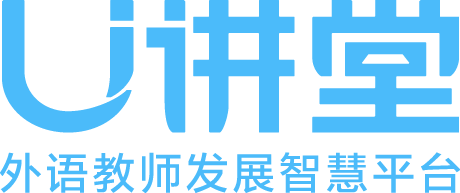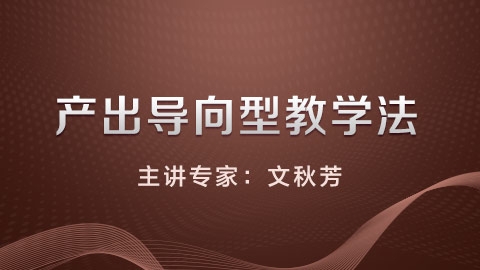Production-oriented approach to teaching Chinese adult L2 learners
WEN Qiufang
outline:
what does EFL look like in Mnland China?
What is Produciton-oriented appoach?
To what extent can POA be justified?
How is PoA implemented?
How is POA different from other approaches?
part one
text-based instruction
two stages:before 1990s:Botton-up method(由下而上)
From 1990s to present: Top-down method(由上而下)
What is going on in class?
teaching new word--- teaching paragraph by paragraphy
do exercises in the text-book
dictaton +retelling_exercises
criticisms on bottom-up text-based instruction
intensive reading contributes nothing to the development of Englishi language teaching and English language learning in China.
the intensive reading apprpach tends to increase stuent depencdency on the teacher and the dictionary. this is bad in general educational terms.
精读课有价值。
讨论结果:Intensive Reading is a suitable course to the Chinese context. Although it needs improvement, it should not be thrown away.
Critical comments on the traditional text-based instruction
50s', 60s' and 70s' graduates
xuguozhang's textbooks
Yu Dayin's textbooks
Zhang Hanxi's textbook
80's graduates
new concept English(1-4)
为什么传统的教学也很有效?All the texts are of high quality linguistically and cognitively.
Rich input was not available at all.
L2 learners were willing to do seemingly borning work such as reading aloud and memorize the text since they did not have distractions from the outside and at the same time they did have strong concviction.
the less, the more.
If classroom teaching focuses on the limited but high quality input, L2 learners can gain more than a huge amount of input without a careful selection and without a teaching focus.
text-based instruction
text as input ---- skimming and scanning ----structure analysis and reading comprehension 还没看懂,搞什么struction?
------ Focus on some expressions and sentences-----Do some theme-related communicative tasks
缺点: 勇士多,效果差


